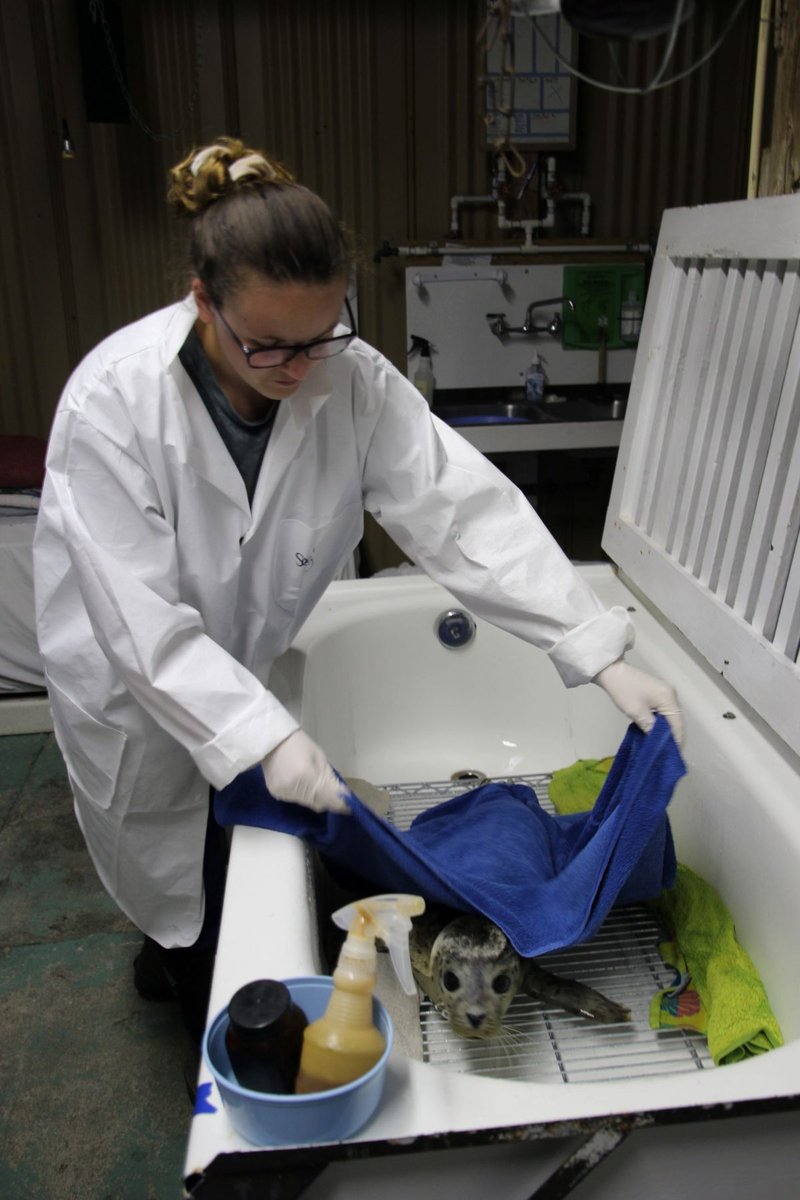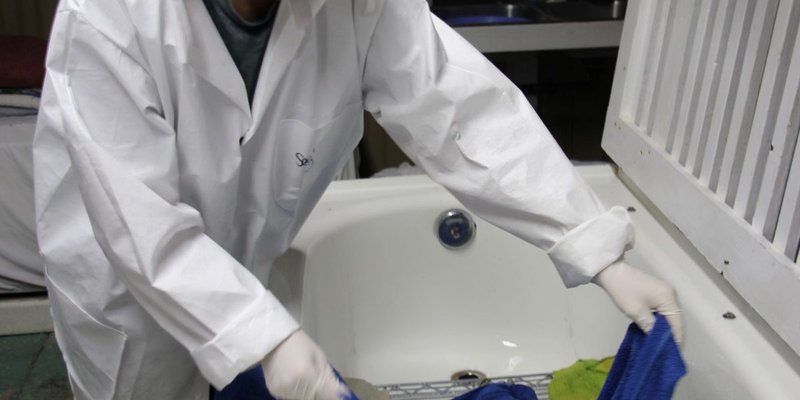
Wolf worms are the larvae of a type of botfly that can infect animals, particularly canines and some mammals. Think of them as uninvited guests that not only show up at the worst time but also start taking over like they own the place. As wildlife rehabilitators work tirelessly to mend injured wild animals, they also need to tackle these unwanted critters to ensure their patients can heal properly. So, how exactly do these dedicated folks deal with wolf worms? Let’s dive into the world of wildlife rehabilitation and see the hard work that goes into keeping our furry friends safe from these little invaders.
Understanding Wolf Worms and Their Impact
Wolf worms primarily come from the larvae of the wolf botfly, which typically lays its eggs on the fur of animals. When the eggs hatch, the larvae burrow into the skin, causing irritation and potential infections. It’s almost like a parasite’s version of throwing a housewarming party – but they’re the only ones enjoying the festivities.
The presence of wolf worms can lead to significant health issues for wildlife. Infected animals often suffer from pain, inflammation, and secondary infections, making it challenging for them to thrive in their natural habitat. Wildlife rehabilitators must remain vigilant because an infected animal may not show immediate signs of distress.
And here’s the thing: if left untreated, these worm infestations can be fatal. That’s why it’s crucial for rehabilitators to quickly identify and address wolf worms. The key to effective treatment is understanding the life cycle of these parasites and recognizing their presence early on.
Signs of Wolf Worm Infestation
You might be wondering how someone can tell if an animal has wolf worms. Look for several tell-tale signs! One of the most common indicators is the appearance of small, swollen areas or lumps on the skin, usually accompanied by redness. These lumps can sometimes ooze or produce a bad smell, making it pretty clear something’s off.
In some cases, the animal may become increasingly agitated or show signs of pain. This could be anything from whining to excessive grooming of the affected area. If you see an animal behaving differently than usual, that’s a red flag.
In addition to these physical symptoms, wildlife rehabilitators often monitor the animals’ overall condition. Loss of appetite, lethargy, and changes in behavior can all point to the presence of wolf worms. It’s like a puzzle, and each symptom provides a clue to the bigger picture.
How Wildlife Rehabilitators Diagnose Wolf Worms
Diagnosing a wolf worm infestation isn’t as simple as looking for lumps; wildlife rehabilitators use a combination of visual examination and other methods. Initially, they check for the classic signs mentioned earlier. If they suspect an infestation, they might gently clean the area and look for the actual larvae, which can sometimes be seen moving under the skin.
Sometimes, they may need to take more drastic measures like a biopsy. This involves removing a small sample of the affected tissue to examine under a microscope. While it sounds a bit scary, it’s often necessary to confirm the diagnosis.
Another method rehabilitators may consider is using ultrasound imaging. This can help them view the extent of the infestation without causing too much stress to the animal. It’s a careful balancing act—ensuring the animal receives the best care while minimizing discomfort.
Treatment Options for Wolf Worm Infestation
Once a diagnosis is made, wildlife rehabilitators have several treatment options. The first step often involves removing the worms themselves. This can be done manually, using a pair of tweezers, but care must be taken not to rupture the larvae, which can lead to infection. It’s a bit like extracting a stubborn splinter, requiring a delicate touch.
After removal, the affected area typically needs to be cleaned thoroughly. This is crucial to prevent infections and promote healing. Rehabilitators often apply topical antibiotics to help keep the area clean and reduce inflammation.
In serious cases where an animal is suffering from systemic issues due to the infestation, veterinarians might prescribe medications to improve overall health. This can include pain relievers or anti-inflammatory drugs to make the animal more comfortable during recovery. It’s all hands on deck to ensure these animals receive the best chance at recovery.
Preventing Future Wolf Worm Infestations
Once an animal has been treated for wolf worms, the goal is to prevent future infestations. Wildlife rehabilitators often educate the public about the importance of keeping wildlife habitats healthy. For instance, avoiding overpopulation in certain areas can diminish the likelihood of wolf worm infestations.
Additionally, rehabilitators might suggest a few simple practices for pet owners and those living near wildlife. Keeping pets on flea and tick prevention can indirectly reduce the chances of wolf worms spreading into their environment. It’s all about *protecting our furry friends*, whether they’re pets or wild animals.
Regular health check-ups for pets can also help catch any infestations early, and that’s crucial for prevention. Think of it as a regular maintenance check—keeping everything in good shape keeps the problems at bay!
The Role of Education in Wildlife Rehabilitation
Education plays a huge role in successful wildlife rehabilitation. Rehabilitators often run workshops, create informational pamphlets, and engage with local communities to spread awareness about wolf worms and other wildlife concerns. They make it easy for everyone to understand the signs of issues and how to report them.
By raising awareness, they empower the public to take action. This can lead to quicker responses when animals are in distress. Honestly, it’s not just about treating the ones that come into care; it’s also about preventing new cases from happening in the first place.
Engagement with local schools and community groups can inspire the next generation of wildlife warriors. Who knows? That kid in the front row might grow up to be the next great rehabilitator or conservationist. It’s all part of creating a ripple effect of awareness and protection for wildlife.
Wildlife rehabilitators face many challenges in their quest to help animals in need, and dealing with wolf worms is just one of them. From diagnosing infestations to providing treatment and promoting prevention, their work is both challenging and vital. Understanding how wolf worms affect wildlife helps us appreciate the importance of these heroes behind the scenes.
So, the next time you see a healthy, happy animal in the wild, remember the dedication of those who worked to get them there. Whether it’s through hands-on care or education, it all contributes to a healthier environment for our furry friends. And isn’t that worth cheering for?

